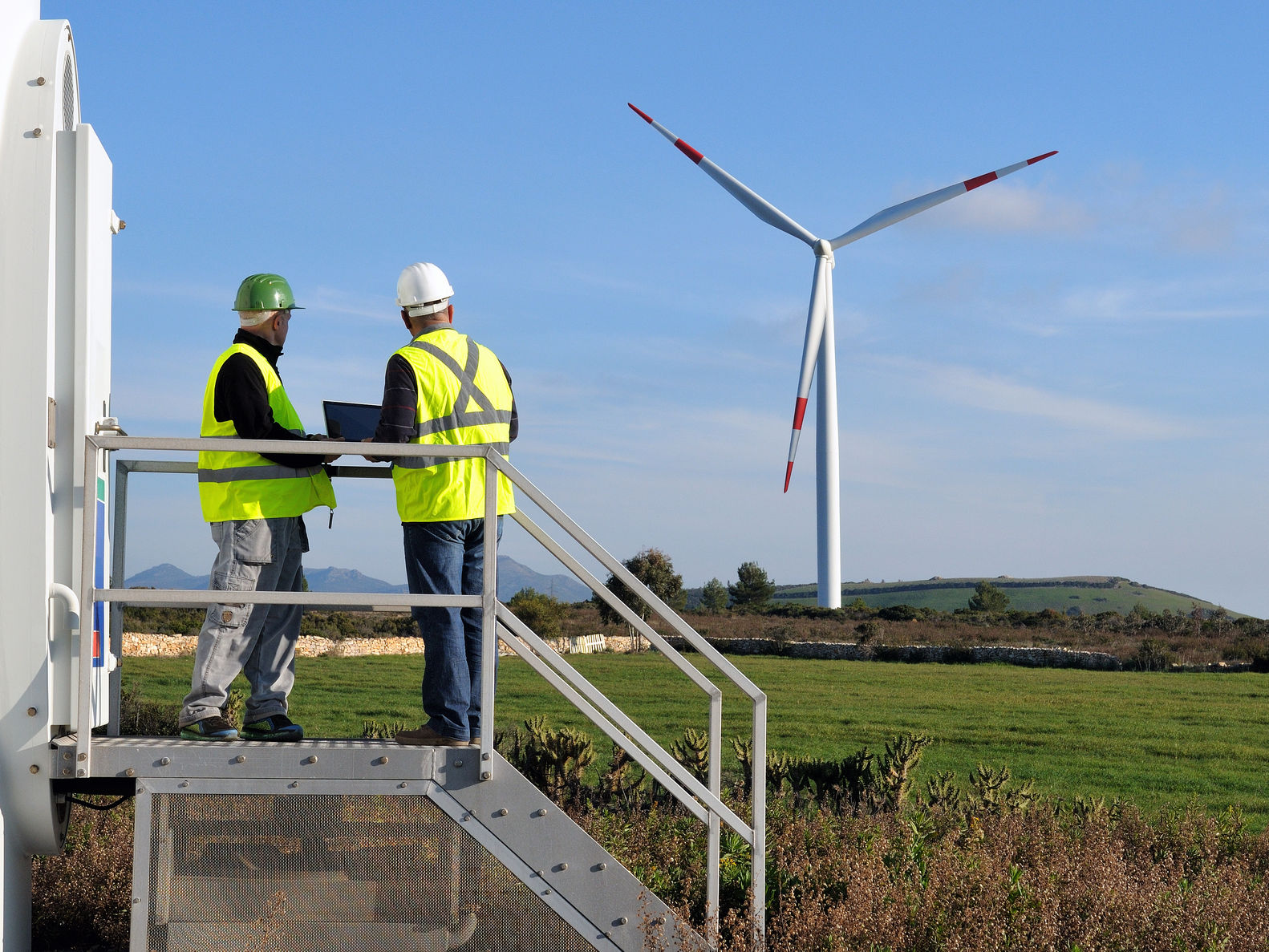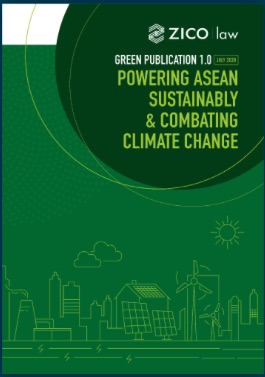6 July 2020
Nowadays, we wake up to a bluer sky and less pollution. COVID-19, a powerful virus strain that grounded the global economy to a halt, is hugely responsible for that. While many regard the reductions in Air Pollutant Index (API) and emissions as a “silver lining” of the pandemic, we must be careful not to be lulled into a false sense of security or complacency. We want a greener world that is the result, not of a temporary phenomenon, but of sound and sustainable management of the environment and climate change.
Prior to the pandemic, the energy sector was progressing well in transitioning into clean energy with wide adoption of policies embracing renewables and related technologies for sustainability seen across all countries. However, the growth momentum in the green sector may be hindered by the COVID-19 outbreak. The resulting reduction in oil prices and cheaper energy available may lead to less efficient electricity consumption, and less motivation to save energy.
Climate threats are increasing and cannot be ignored. We must correct the course as we plan our exit strategies from the movement control order, and towards economic recovery. According to a renewable energy think-tank, directing stimulus dollars to renewable energy investments could not only help tackle global climate emergency, but spur massive economic gains post-COVID-19 for decades to come. IRENA’s Global Renewables Outlook 2020 found that although aligning COVID-19 recovery efforts with the objectives of the Paris Agreement and the 2030 Agenda for Sustainable Development would require comprehensive policy packages, massive resource mobilisation, and enhanced international cooperation, but this would result in massive socio-economic gains at the global level.
Ultimately, the policies adopted by the government, the speed of their implementation and the level of resources committed by all stakeholders are crucial factors that will determine the success in mitigating the climate threat – this is a call for a renewable energy revolution amid and post-COVID-19 era!
Southeast Asia is one of the most at-risk regions in the world to the impact of climate change with rising sea levels and extreme weather events. The region is highly vulnerable to climate change as large populations and economic activities are centered along the coast lines with heavy reliance on agriculture for livelihoods. The Association of South East Asian Nations (ASEAN) pledged to increase renewable energy in the ASEAN energy mix to 23% by 2025, with Malaysia committed to increase renewable energy to 20% in its energy mix by 2025.
The specific challenges and opportunities in each part of the world call for local solutions. In this Green Publication, we share insights on recent developments in ASEAN on promotion of renewable energy generation and tackling climate issues. From the increasing importance of solar and other renewable energy sources, energy efficiency efforts, development of regulatory and fiscal policies and frameworks in stimulating renewable energy generation, to the growing case for green finance and investment opportunities, we hope this publication gives you a useful and holistic overview of how ASEAN can and is rising to the challenge.
For the full guide, please click here. (80 pages PDF)
For more information, please contact:
Wong Kee Hooi, Partner, Zaid Ibrahim & Co (a member of ZICO Law)
kee.hooi.wong@zicolaw.com


.jpg)





